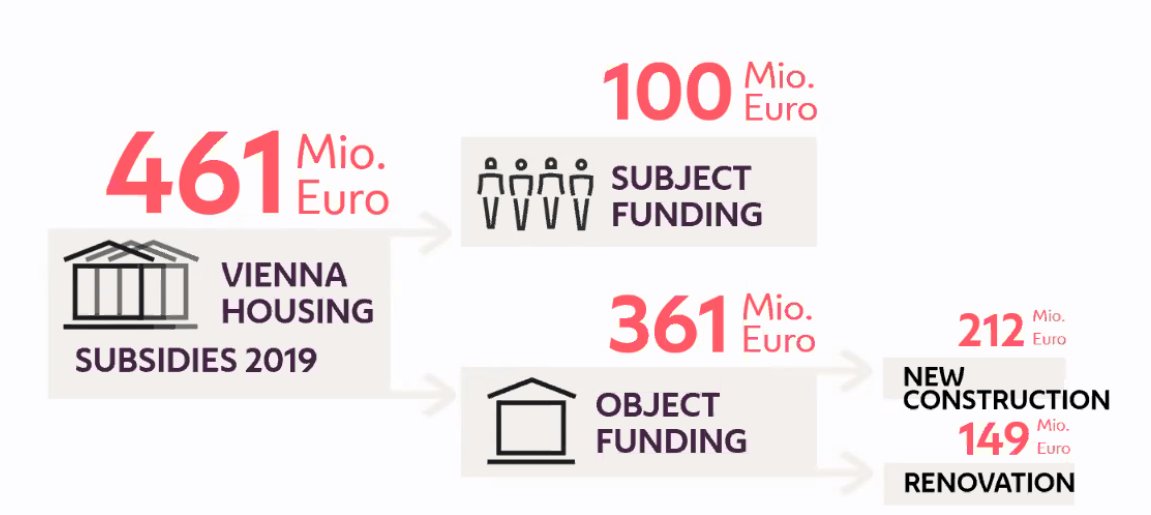
the @burkemuseum emails info on car parking that they send out, but not how to get there by bike or transit - with a brand new light rail station just a few blocks away?
how do we change this?
how do we change this?

berlin's pergamonmuseum? only lists low-carbon ways to get to the museum
transit, regional rail and long distance rail
not even a section on car parking
transit, regional rail and long distance rail
not even a section on car parking

how hard would it be for the burke to put this online?
we have the following zero/low carbon options for visiting the museum!
1. we are 3 blocks north of the burke gilman
2. we are 2 blocks east of the U-district light rail
3. buses x/y/z all stop within 1/4 mile of museum
we have the following zero/low carbon options for visiting the museum!
1. we are 3 blocks north of the burke gilman
2. we are 2 blocks east of the U-district light rail
3. buses x/y/z all stop within 1/4 mile of museum

to be clear, the burke *does* have alternatives to driving, it's just not prioritized in how they contact people. zero/low carbon options should be the priority, not driving.
on top of this, patrons have to do the work
on top of this, patrons have to do the work

• • •
Missing some Tweet in this thread? You can try to
force a refresh










